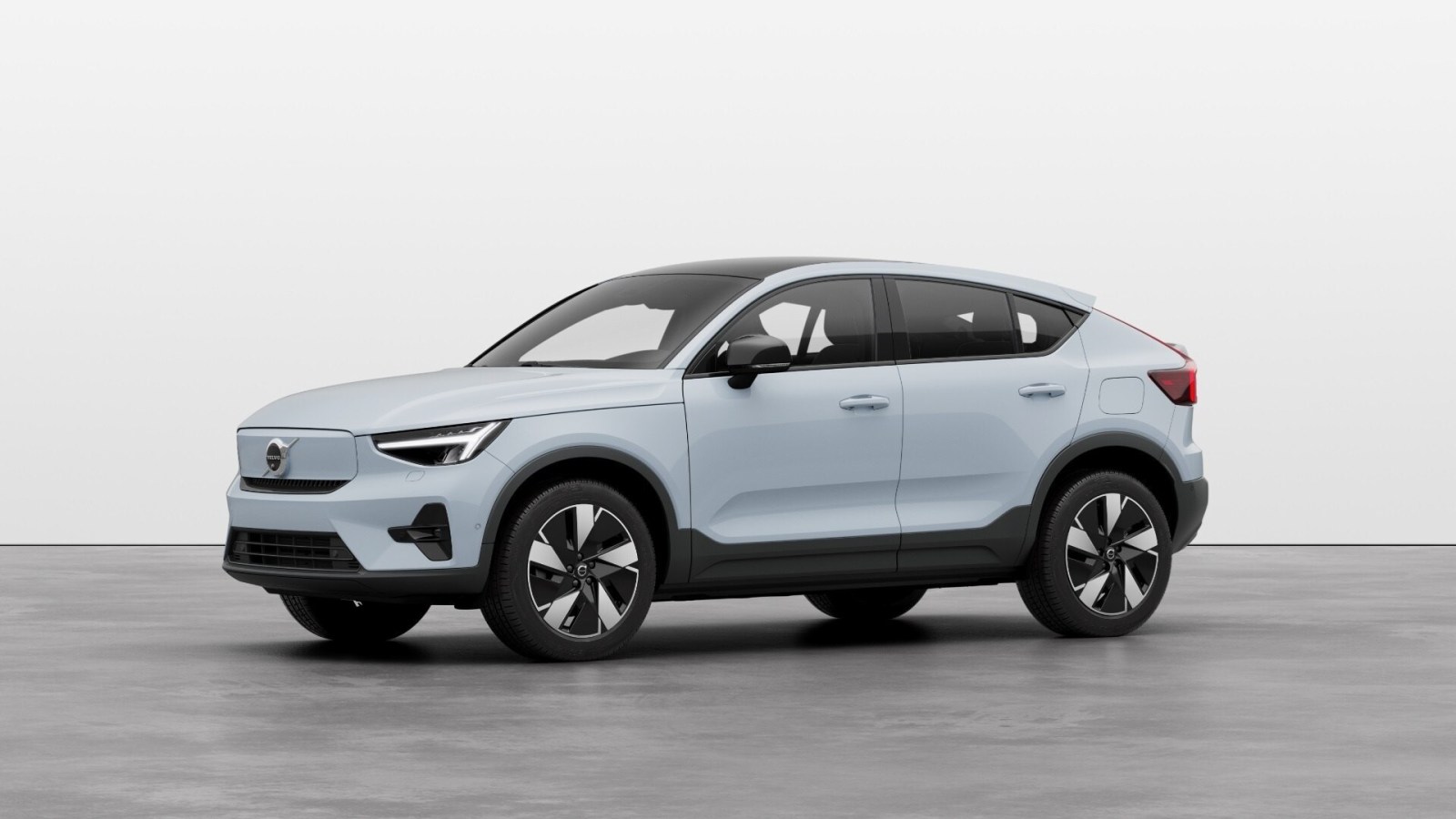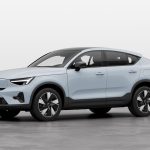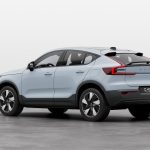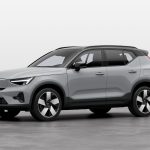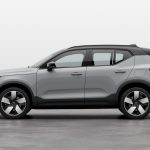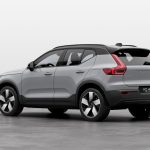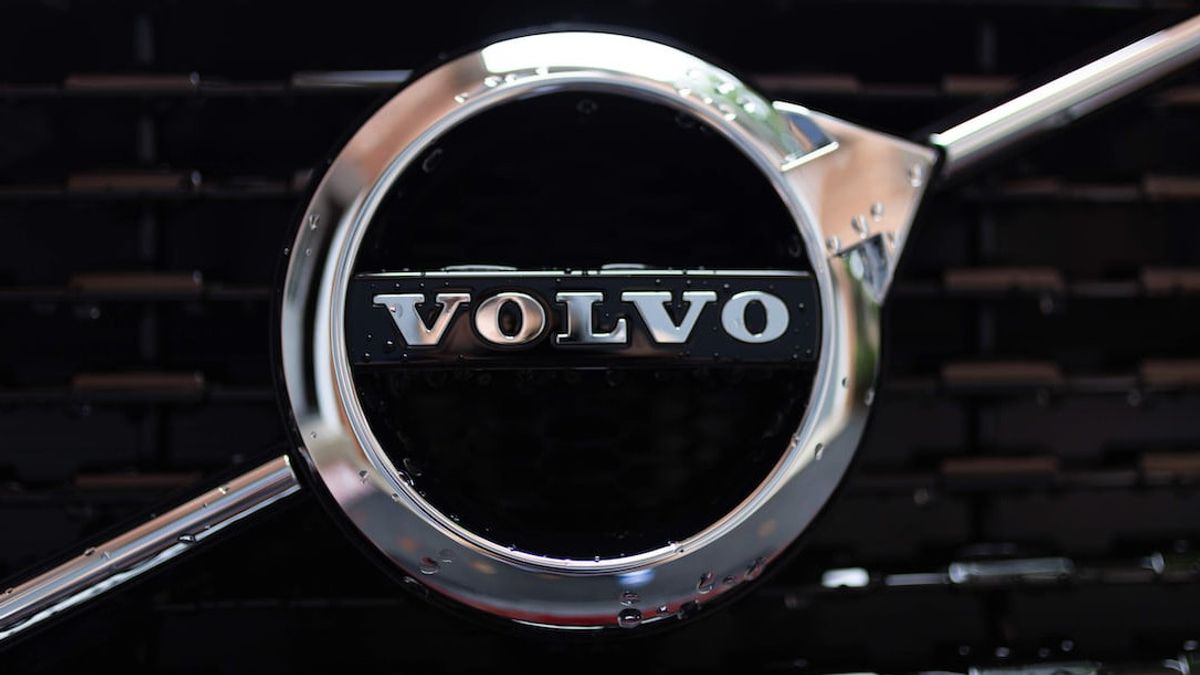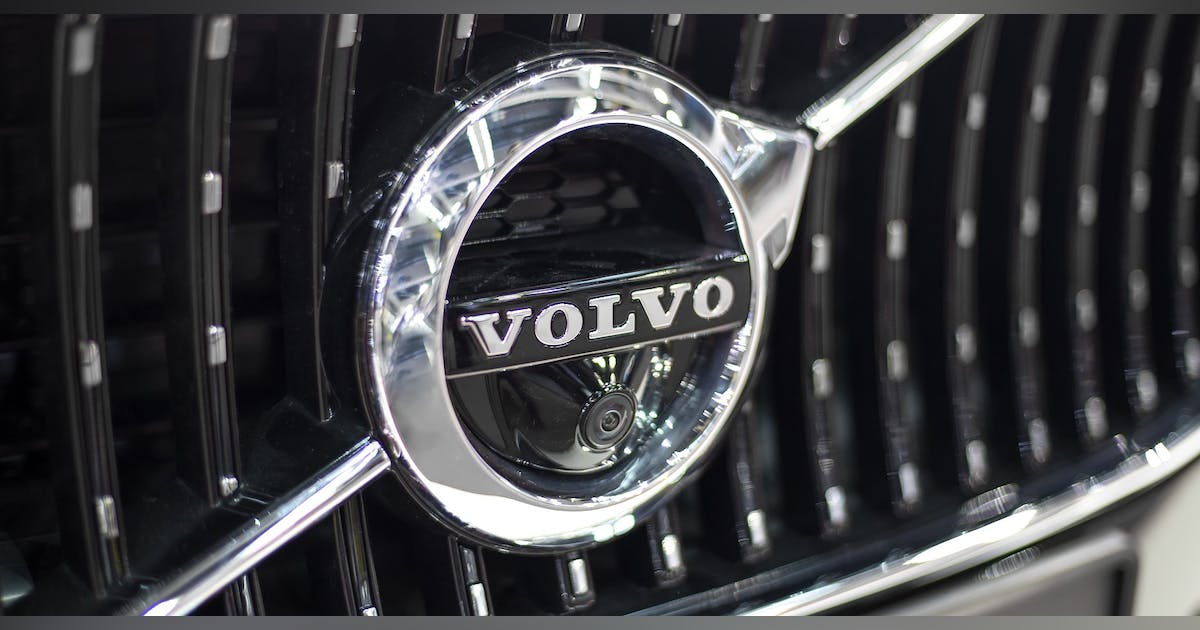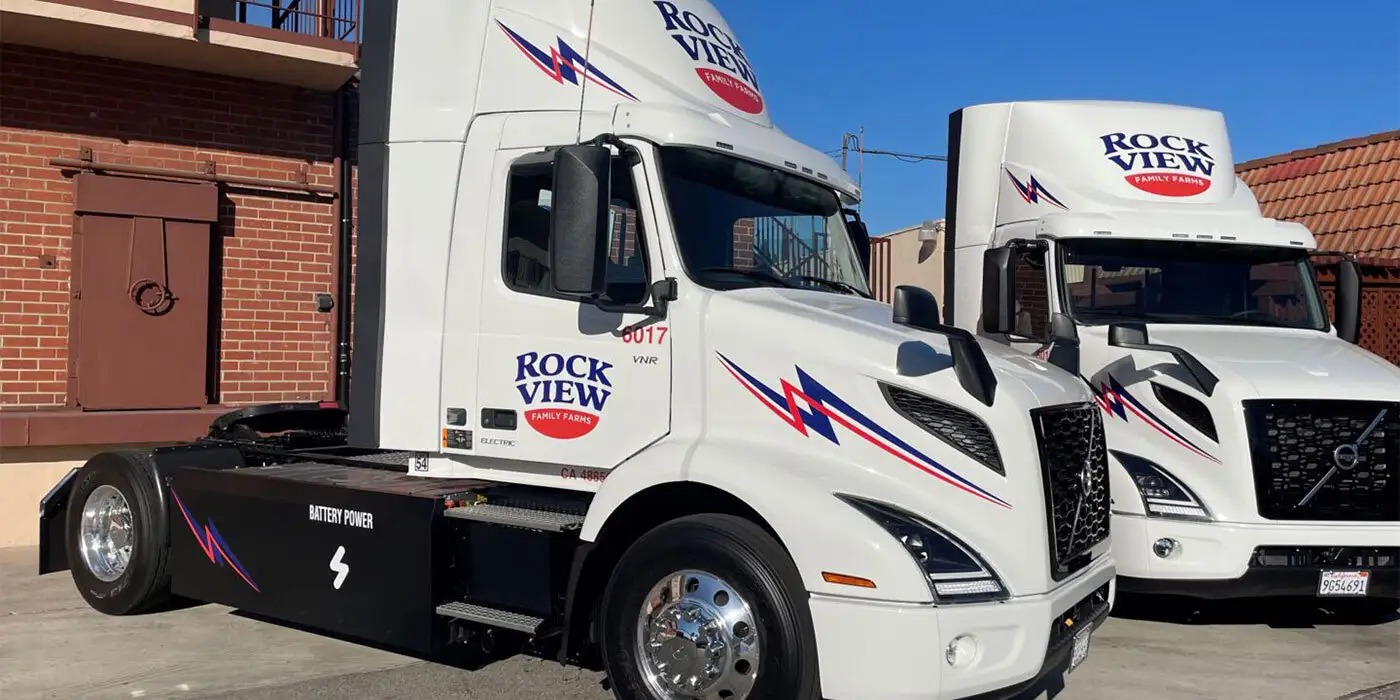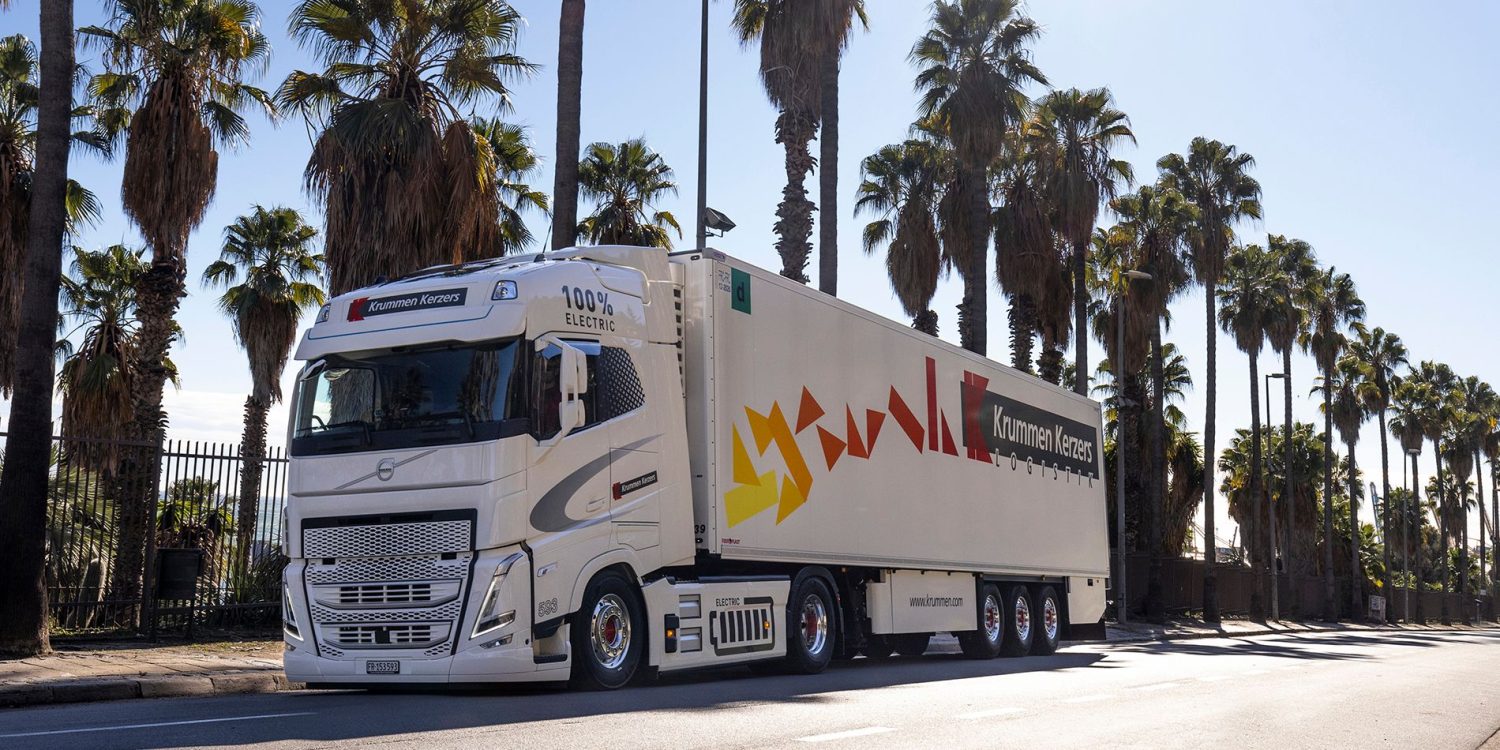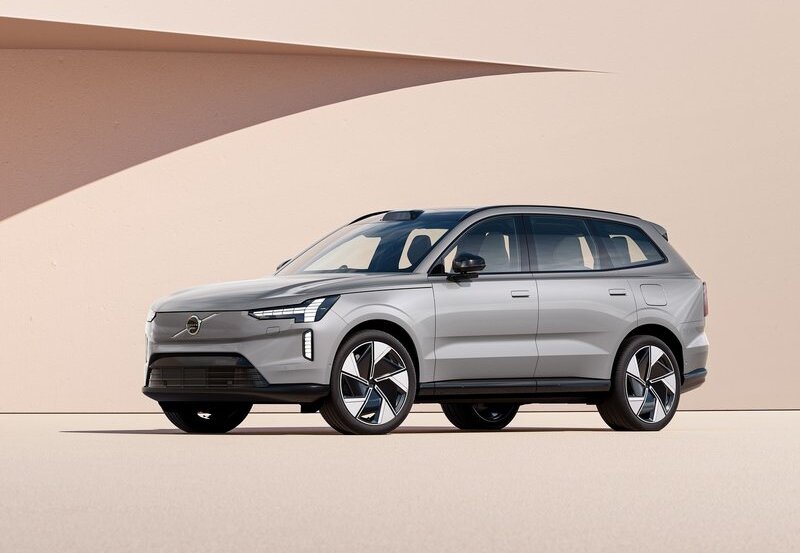Volvo has announced new updates for its electric vehicle lineup, including longer range, increased power, faster charging, and the addition of rear-wheel drive options for the C40 and XC40 Recharge models. The company aims to have 100% electric vehicles by 2030, and to sell 50% electric vehicles by 2025. In 2022, Volvo sold 66,749 electric vehicles, a 159% increase from the previous year and its electric vehicle market share exceeded 10%.
The all-wheel drive variant (P8) now features electric motors developed in-house. The previous setup had two e-motors with 204 PS (201 hp or 150 kW) output, but the new setup has a front asynchronous e-motor rated at 159 PS (157 hp or 117 kW) and a rear permanent magnet unit with 249 PS (245 hp or 183 kW). The total system output remains the same at 408 PS (402 hp or 300 kW), and acceleration times and top speed for the XC40 and C40 models remain the same at 4.9 seconds and 180 km/h.
The e-motors in the all-wheel drive variant (P8) now feature an improved 82-kWh lithium-ion battery pack with better cooling, resulting in an increased range for the XC40 and C40 models. The XC40 can now travel up to 500 km, an increase of 62 km, and the C40 can travel up to 507 km, an increase of 56 km, according to the WLTP standard. Additionally, new 19-inch wheels that reduce drag also contribute to the increased efficiency.
Volvo is introducing a rear-wheel drive electric powertrain for its SUVs, which the company claims is a first in 25 years. This replaces the previous front-wheel drive setup and offers 3% more power with its in-house developed electric motor.
According to Volvo, the rear-mounted permanent magnet electric motor in the new SUVs delivers 238 PS (235 hp or 175 kW) compared to 231 PS (228 hp or 170 kW) in the previous version. However, the 0-100 km/h acceleration time remains the same at 7.4 seconds. The 69-kWh battery from the previous front-wheel drive variant is used, but with improved cooling for increased range.
The new Single Motor RWD variant of the XC40 has a range of 460 km, compared to 425 km in the previous version. The C40 also improves to 476 km from 438 km. Volvo also notes that DC fast charging at 130 kW can bring the battery from 10-80% state of charge (SoC) in about 34 minutes.
For those who want more performance without upgrading to the all-wheel drive variant, Volvo also offers a Single Motor Extended Range RWD variant for both SUVs. It comes with an 82-kWh battery pack that can be DC fast charged at a max of 200 kW (previously 150 kW) and can reach 10-80% SoC in approximately 28 minutes. The Single Motor Extended Range RWD variant of the XC40 has a range of 515 km, while the C40 can reach 533 km when fully charged.
The larger battery also powers a more powerful e-motor on the rear axle, which is rated at 252 PS (248 hp or 185 kW). The 0-100 km/h time for this variant is the same as the regular Single Motor RWD at 7.4 seconds, likely due to the added weight of the battery.


